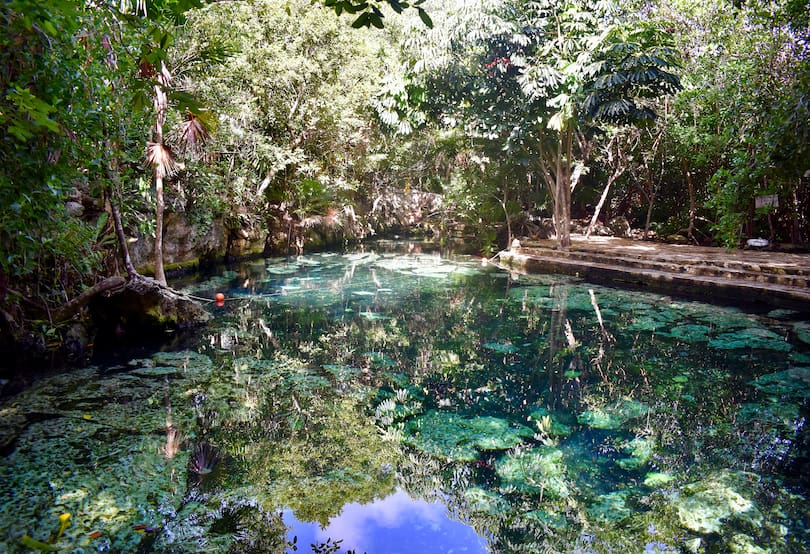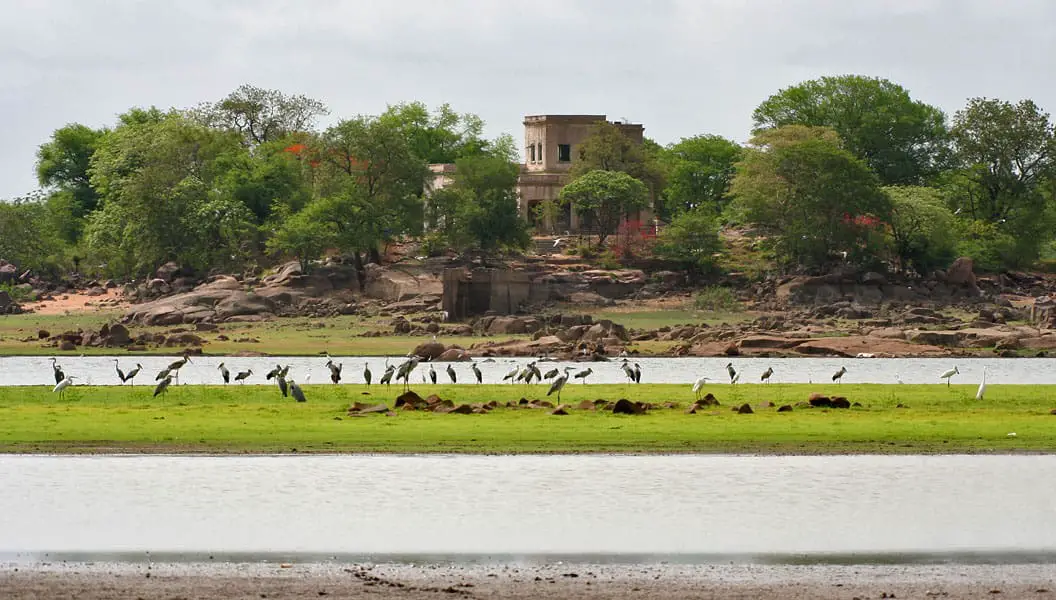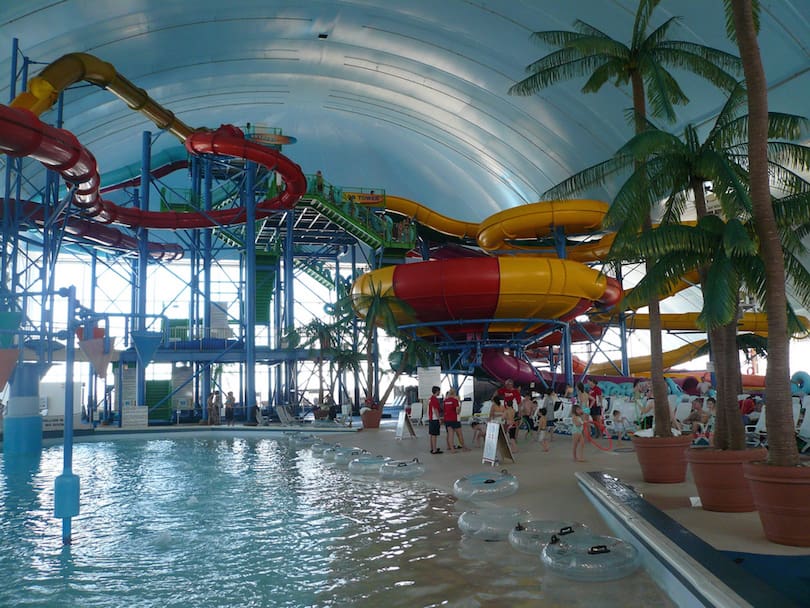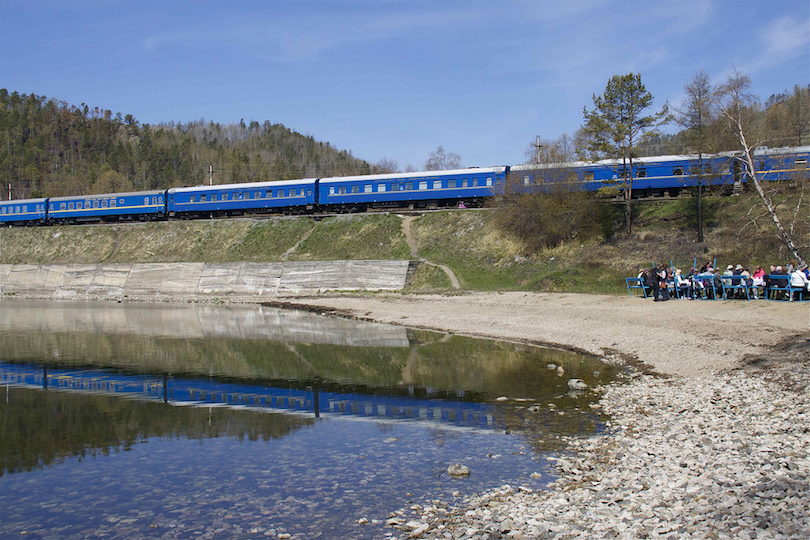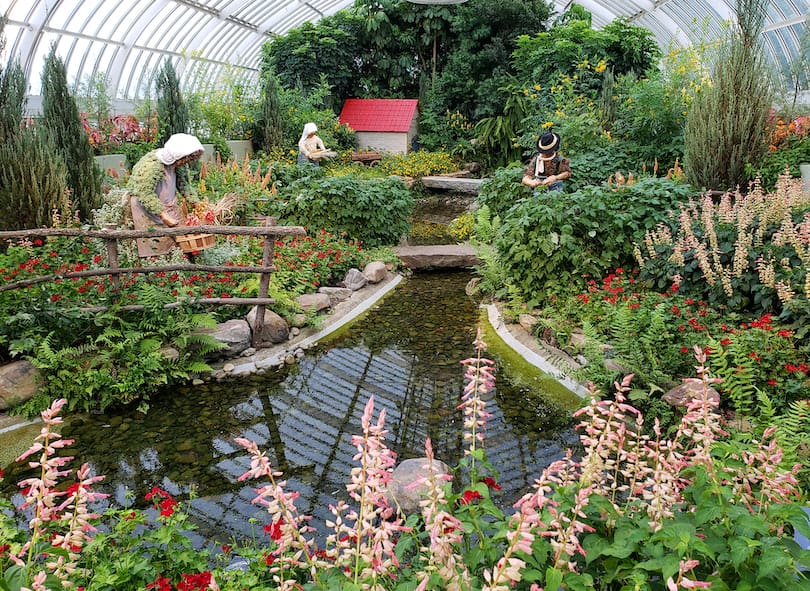The Yucatan Peninsula in Mexico is renowned for its stunning natural beauty, and the region is home to some of the world’s most beautiful cenotes. Cenotes are natural swimming holes formed by the collapse of limestone bedrock, which exposes the clear, blue water underneath. These cenotes offer visitors an opportunity to explore the unique geological formations and enjoy a refreshing swim in crystal clear waters. In this article, we will explore the 14 best cenotes in Mexico’s Yucatan Peninsula and offer some tips for making the most of your visit.
What are Cenotes?
Cenotes are natural swimming holes that are formed by the collapse of limestone bedrock, which exposes the clear, blue water underneath. The word cenote comes from the Mayan word “dzonot,” which means “well.” The Yucatan Peninsula is home to over 6,000 cenotes, and many of them are open to the public for swimming, diving, and snorkeling.
Why Visit Cenotes in Mexico’s Yucatan?
Visiting cenotes in Mexico’s Yucatan Peninsula is an incredible experience. These natural wonders offer visitors an opportunity to explore the unique geological formations and enjoy a refreshing swim in crystal clear waters. The Yucatan Peninsula is also home to some of the world’s most beautiful cenotes, with each offering its own unique experience.
14 Best Cenotes in Mexico’s Yucatan
- Dos Ojos Cenote
Dos Ojos Cenote is one of the most popular cenotes in the Yucatan Peninsula. It is known for its crystal-clear water, unique geological formations, and stunning underwater caves. Visitors can swim, snorkel, or dive in the cenote and explore the underwater caves.
- Ik Kil Cenote
Ik Kil Cenote is another popular cenote in the Yucatan Peninsula. It is located near the Mayan ruins of Chichen Itza and is known for its stunning natural beauty. Visitors can swim in the cenote, which is surrounded by lush greenery and has a waterfall cascading down from above.
- Gran Cenote
Gran Cenote is a popular cenote that is known for its crystal-clear water and stunning geological formations. Visitors can swim, snorkel, or dive in the cenote and explore the underwater caves and rock formations.
- Cenote Samula
Cenote Samula is a beautiful cenote that is located in a cave. Visitors can swim in the cenote and explore the cave’s unique geological formations, including stalactites and stalagmites.
- Cenote Yokdzonot
Cenote Yokdzonot is a lesser-known cenote that is located near the town of Valladolid. It is known for its clear water and peaceful surroundings. Visitors can swim in the cenote and relax in the peaceful jungle atmosphere.
- Cenote Oxman
Cenote Oxman is located on the grounds of the Hacienda San Lorenzo Oxman near Valladolid. It is known for its beautiful blue water and unique setting. Visitors can swim in the cenote, which is surrounded by lush vegetation and towering trees.
- Cenote Azul
Cenote Azul is a popular cenote that is located near the town of Playa del Carmen. It is known for its crystal-clear water and stunning underwater formations. Visitors can swim, snorkel, or dive in the cenote and explore the underwater rock formations.
- Xcanche Cenote
Xcanche Cenote is located near the town of Valladolid and is known for its clear water and peaceful atmosphere. Visitors can swim in the cenote and enjoy the tranquil surroundings.
- Cenote Suytun
Cenote Suytun is located near Valladolid and is known for its unique setting. The cenote is located in a cave and is surrounded by stalactites and stalagmites. Visitors can swim in the cenote and explore the cave’s unique geological formations.
- Cenote Zaci
Cenote Zaci is located in the town of Valladolid and is known for its clear water and unique setting. The cenote is located in a cave and is surrounded by lush vegetation. Visitors can swim in the cenote and explore the cave’s unique geological formations.
- Kin Ha Cenote
Kin Ha Cenote is a lesser-known cenote that is located near Tulum. It is known for its crystal-clear water and peaceful atmosphere. Visitors can swim in the cenote and enjoy the tranquil surroundings.
- Choo-Ha Cenote
Choo-Ha Cenote is located near the town of Tulum and is known for its unique geological formations. The cenote is located in a cave and is surrounded by stalactites and stalagmites. Visitors can swim in the cenote and explore the cave’s unique geological formations.
- Multum Ha Cenote
Multum Ha Cenote is a lesser-known cenote that is located near Coba. It is known for its clear water and unique geological formations. Visitors can swim in the cenote and explore the underwater rock formations.
- Tamcach-Ha Cenote
Tamcach-Ha Cenote is located near the town of Coba and is known for its clear water and peaceful surroundings. Visitors can swim in the cenote and enjoy the tranquil jungle atmosphere.
Tips for Visiting Cenotes
- Respect the environment and do not litter.
- Bring sunscreen and a hat, as the sun can be intense.
- Wear water shoes or sandals as the rocks can be slippery.
- Bring a waterproof camera to capture the stunning underwater scenery.
- Follow all rules and regulations set by the cenote owners.
Conclusion
Mexico’s Yucatan Peninsula is home to some of the world’s most beautiful cenotes, each offering its own unique experience. Whether you’re looking to swim, snorkel, or dive, there’s a cenote for everyone. By following some simple tips, you can make the most of your visit to these stunning natural wonders.
FAQs
- Are cenotes safe to swim in? Yes, most cenotes are safe for swimming, but it’s important to follow all rules and regulations set by the owners to ensure your safety.
- Do I need to bring my own equipment to swim in a cenote? No, most cenotes provide equipment such as life jackets, snorkeling gear, and diving gear for rent. However, if you prefer to bring your own equipment, you’re welcome to do so.
- Can I visit multiple cenotes in one day? Yes, it’s possible to visit multiple cenotes in one day. However, it’s important to plan your itinerary carefully and allow enough time for each cenote visit.
- What is the best time of day to visit a cenote? The best time of day to visit a cenote is early in the morning or late in the afternoon when there are fewer crowds and the light is optimal for photography.
- Are cenotes only found in Mexico’s Yucatan Peninsula? No, cenotes can be found in other parts of Mexico and Central America, but the Yucatan Peninsula is known for having the largest concentration of cenotes in the world.

